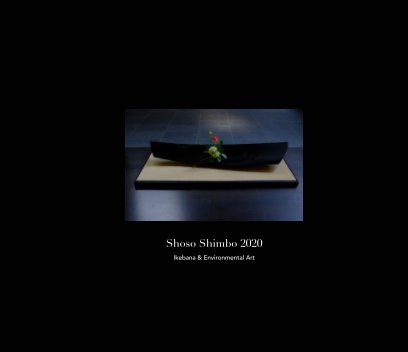Level 2.4 : Pattern 2 (18 June 2022)
Ikebana Aesthetics Program - Zoom Ikebana Dojo
Video Tutorial: See top. Please follow our site or subscribe to our Youtube Channel.
When:
Book Now for Four Ikebana Elements, Level 2 (Starting 2 July 2022)
Facilitators: Shoso Shimbo & Shoan Lo
Who can Join: Anyone, regardless of ikebana school, stage of learning or country of residence. Beginners welcome. Sessions will be conducted in English.
Overview
What You Need
2. container - any include a cup
3. kenzan - or other means to hold flowers
4. flower materials:
- Branch materials
- Flowers
Flower materials are guide only. You can choose any other materials as long as you focus on the topic.
How to Make It?
You will receive Session Notes Pattern 2 with step-by-step instructions for making your arrangement after your payment is received. Our free video and the Session Notes will help you make your ikebana work.
How to Apply & Participate
Step 1 - Book & Pay
(1) Book from our Booking Calendar. Pay by credit card (our cancellation policy).
(2) Upon receipt of your payment, our booking system will send you an email of invitation to the Zoom session. Also you will receive session notes on how to make our sample work usually 5 days prior to the session.
- Please contact us if you did not receive them in time.
- Please visit our orientation page for more practical advice on how to use Ikebana Dojo.
Step 2 - Get Ready
(3) Do your assignment. Make your ikebana work before the session.
(4) Take a photo of your work (less than 0.5 Meg.) and send to ikebana.dojo@gmail.com at least 24 hours before the session starts if you want detailed feedback.
(5) Alternatively, you can share the photo of your work during the session. Find a way to share your file using Zoom.
Step 3 - Join Dojo
(6) Join the session. Prepare your work and its photo. Please join the session about 5 min before the session starts, and check your connection etc.
(7) Enjoy show and tell by other students before and after your own presentation. Group interaction is helpful for your learning. Works by others can inspire you.
Step 4 - Rework
(8) Rework soon after the dojo. Send the image of your revised work to Ikebana Dojo or share it to Ikebana Gallery Facebook Page. See how to apply for Ikebana Gallery Award if you are a student.
(9) If you would like to join Zoom Ikebana Dojo again, please visit our pages on Ikebana Aesthetics Program or Special Program. Register your email and follow our site to receive the latest updates.
Samples for Advanced Students - See Pattern 1
References






















